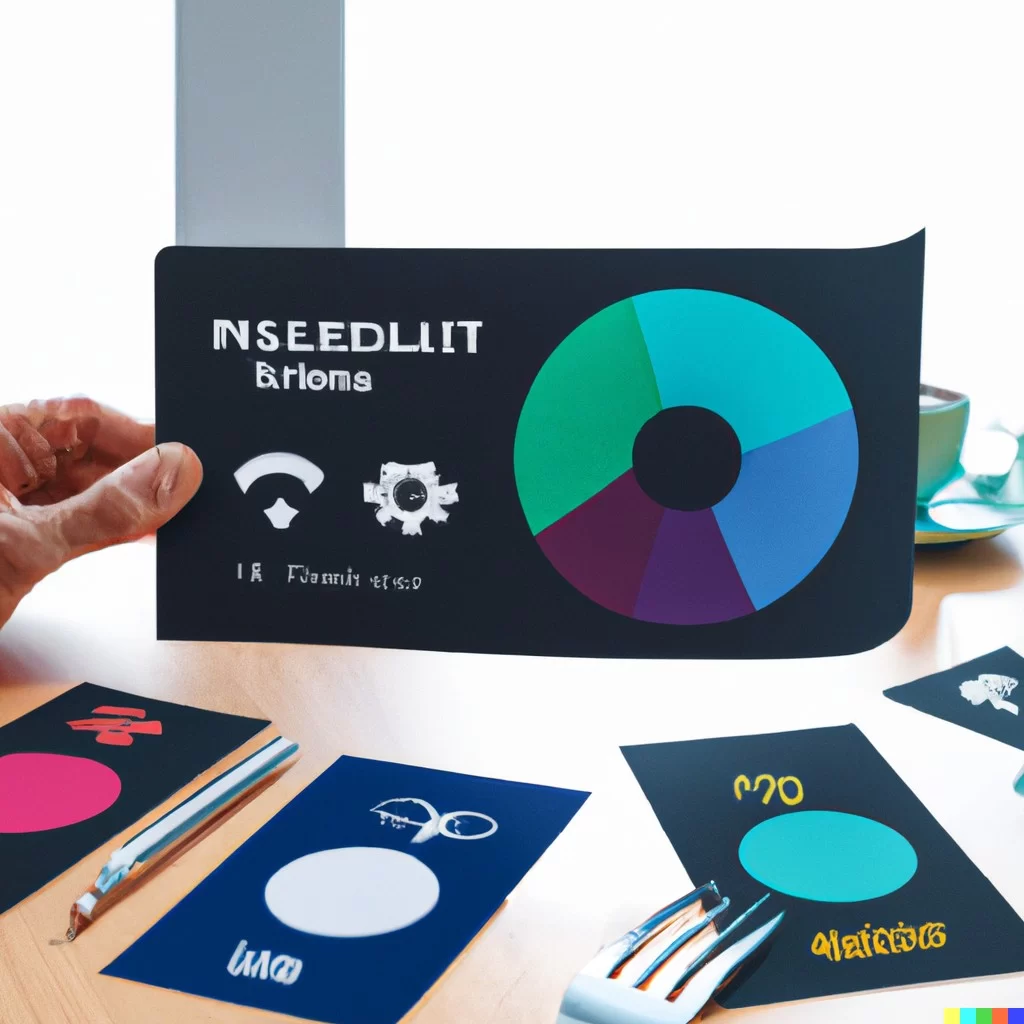In the dynamic landscape of design, the principles of inclusivity and accessibility have become pivotal, driving forces that shape the way we interact with the world around us. As technology continues to advance and societal expectations evolve, designers are faced with the imperative to forge a future that is not only visually appealing but also inclusive and accessible to all.
The Current Landscape:
In recent years, there has been a notable shift in focus within the design community towards creating solutions that cater to a diverse audience. The recognition that design should be accessible to everyone, regardless of physical abilities, cognitive differences, or cultural backgrounds, has gained prominence.
The advent of inclusive design, a methodology that considers the diversity of users from the outset, has been a game-changer. This approach transcends traditional notions of accessibility by proactively addressing the needs of individuals with disabilities. Inclusivity, therefore, becomes an integral part of the design process rather than a retroactive adjustment.

Technological Innovations:
The future of inclusivity and accessibility in design is intricately tied to technological innovations. Emerging technologies, such as artificial intelligence (AI) and augmented reality (AR), offer immense potential to revolutionize the way we create and experience design.
AI, for instance, can be harnessed to develop intelligent interfaces that adapt to the unique needs of individual users. By analyzing user behavior and preferences, AI-driven design systems can dynamically adjust elements such as color schemes, font sizes, and navigation pathways, ensuring a personalized and inclusive user experience.
AR presents another avenue for enhancing accessibility. By overlaying digital information onto the physical world, AR can provide real-time assistance to individuals with visual impairments or other disabilities. Navigation aids, object recognition, and interactive guides are just a few examples of how AR can bridge gaps and make the designed environment more accessible.
Inclusive Design as a Cultural Imperative:
As society becomes increasingly aware of the importance of diversity and inclusivity, these values are shaping cultural expectations. In the realm of design, this cultural shift is reflected in the demand for products and experiences that resonate with a broader spectrum of users.
Designers are not only incorporating accessibility features into their creations but are also recognizing the value of diverse perspectives in the design process itself. Collaborative and inclusive design teams, comprising individuals with varied backgrounds and abilities, are becoming the norm. This diversity ensures that products are not only accessible but also culturally sensitive and relevant.

The Intersection of Sustainability and Inclusivity:
The future of design also involves a profound intersectionality between inclusivity and sustainability. As the world grapples with environmental challenges, designers are tasked with creating solutions that are not only inclusive but also environmentally responsible.
Sustainable design principles, such as the use of eco-friendly materials and energy-efficient technologies, are being integrated with inclusivity considerations. This holistic approach ensures that design solutions contribute positively to both human well-being and the health of the planet.
Overcoming Challenges:
Despite the progress made in prioritizing inclusivity and accessibility, challenges persist. Designers face the ongoing task of breaking down societal barriers and dispelling stereotypes that may hinder the creation of truly inclusive products and environments.
Technological advancements, while promising, also bring ethical concerns that need careful consideration. Issues such as data privacy, algorithmic bias, and the potential for exclusionary design practices must be addressed to prevent unintended consequences.

The Role of Education:
In shaping the future of inclusivity and accessibility in design, education plays a pivotal role. Design schools and programs are adapting to instill inclusive design principles into the curriculum, fostering a new generation of designers who are attuned to the diverse needs of users.
Continuous learning and awareness-building within the design community are essential. Workshops, conferences, and resources that promote inclusive design practices help keep designers informed about the latest advancements and encourage a collaborative approach to problem-solving.
Conclusion:
The future of inclusivity and accessibility in design is a promising frontier that holds immense potential for positive change. As technology continues to advance, designers have the opportunity to create environments, products, and experiences that are not only visually striking but also inclusive and accessible to all.
By embracing inclusive design methodologies, leveraging emerging technologies responsibly, and fostering a culture of diversity, the design community can propel us towards a future where inclusivity is not just a design principle but a fundamental aspect of the human experience. As we navigate this evolving landscape, the fusion of innovation, cultural sensitivity, and a commitment to accessibility will shape a world where design truly knows no bounds.









